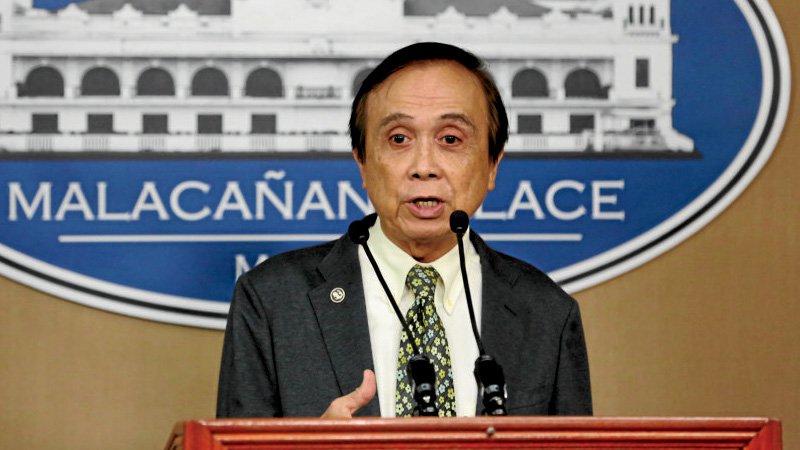The country’s chief economist expects the gross domestic product (GDP) to have expanded by about 7 percent in the first quarter on the back of sustained robust domestic demand and investment.
Socioeconomic Planning Secretary Ernesto Pernia told the Inquirer yesterday that he hoped the GDP growth figure during the first three-month period was “close to the mid-range target for 2017.”
The government targets GDP growth for the entire year to be within the range of 6.5-7.5 percent, following last year’s 6.8-percent expansion, which was among the fastest in Asia.
Pernia, who heads the state planning agency National Economic and Development Authority, said first-quarter growth was driven by government spending on public goods and services, sustained investment flows and household consumption as well as “upbeat” business and consumer sentiment.
Optimistic consumers outnumbered pessimists for the third straight quarter during the first three months of the year on the back of sustained economic growth and improved peace and order in the country, results of the Bangko Sentral ng Pilipinas’ latest consumer expectations survey released last month showed.
While the overall confidence index (CI) in the first quarter slightly declined to 8.7 percent from the record high 9.7 percent during the fourth quarter of last year, it remained the second highest CI since the nationwide survey started a decade ago. The positive CI meant there were more optimists than pessimistic consumers. The CIs were negative prior to the third quarter of 2016 or the first three months of the Duterte administration. This meant the CI remained positive for the first nine months of the Duterte administration.
However, confidence among businessmen declined in the first quarter to its lowest level during the last 10 quarters as they braced for a weaker peso as well as uncertainty in the policies of US President Trump.
The peso has been trading since mid-February at the 50:$1 level, the lowest in more than 10 years.
The BSP’s business expectations survey released in February showed that the overall CI remained “broadly steady” during the first three months at 39.4, although slightly down from 39.8 in the fourth quarter of last year. The positive CI meant that optimists outnumbered the pessimists among the firms surveyed.
A check with BSP data showed that the CI for the first quarter of 2017 was the lowest since the 34.4 posted during the third quarter of 2014.
The latest Bureau of the Treasury data also showed that national government expenditures last January grew 7 percent to P198.1 billion from P185.7 billion a year ago, recording the same pace of growth as last year.
The Duterte administration had programmed the budget deficit cap at 3 percent of the GDP until 2022 as the government wanted to ramp up spending, especially on infrastructure.
For 2017, the deficit is targeted to reach P478.1 billion.
In January, however, the government recorded a surplus of P2.2 billion as revenues of P200.3 billion exceeded disbursements amid double-digit jumps in the collections of the two biggest tax agencies.
In a report yesterday, IHS Markit said manufacturing growth was sustained in March as the Nikkei Philippines Manufacturing purchasing managers’ index (PMI) inched up to 53.8 from 53.6 in February. An index reading above 50 indicated an overall increase, while below 50 meant a decrease.
“The March survey points to a further strengthening in the rate of expansion of the Philippines’ manufacturing sector, which bodes well for economic performance in the first quarter.
